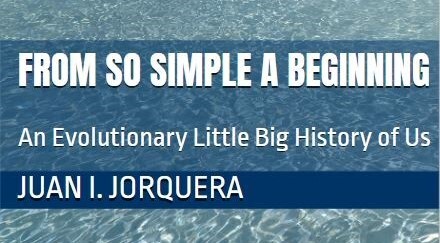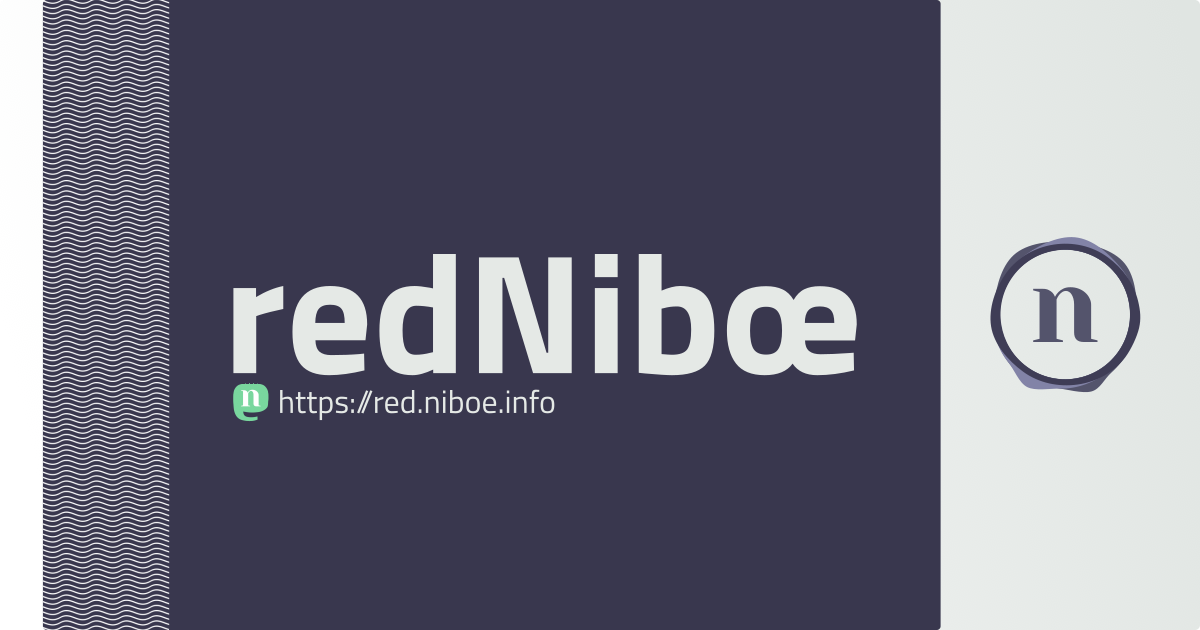
Hola, esta es otra publicación sobre los otros homininos, los antecesores y parientes extinguidos más próximos de nuestra especie:
https://jijorquera.wixsite.com/onscienceandsociety/post/hom%C3%ADnins-and-homo-3-hom%C3%ADninos-y-homo-3
#OnScienceAndSociety
Hola, paso otro post sobre los homininos, nuestros antepasados más cercanos. Su actual ausencia nos hace percibir una distancia enorme con respecto a los otros animales: https://jijorquera.wixsite.com/onscienceandsociety/post/hominins-and-homo-4-hom%C3%ADninos-y-homo-4
#OnScienceAndSociety
Hi mastodons! Another post on the hominins, our closest ancestors. Their extinction makes us perceive an enormous distance to other animals: https://jijorquera.wixsite.com/onscienceandsociety/post/hominins-and-homo-4-hom%C3%ADninos-y-homo-4
#OnScienceAndSociety
Hello again, mastodons. This is another post on the hominins, now in our genus Homo, dealing with neanderthals and denisovans. I hope you like it and, if so, that you share them. Knowing a little more about our extinct closest relatives can help us understand better our place in the world.
https://jijorquera.wixsite.com/onscienceandsociety/post/hominins-and-homo-5-homininos-y-homo-5
#OnScienceAndSociety
Un último post (por ahora) sobre los otros humanos. La imagen corresponde a una reconstrucción facial de Homo floresiensis, extinguido hace menos de 100.000 años. https://jijorquera.wixsite.com/onscienceandsociety/post/hominins-and-homo-6-homininos-y-homo-6
#OnScienceAndSociety
One more post on the origin and development of societies, focused on the emergence and development of farming /
Una publicación más sobre el origen y desarrollo de las sociedades, centrada en la aparición de la agricultura y ganadería
https://jijorquera.wixsite.com/onscienceandsociety/post/societies-and-farming
#OnScienceAndSociety
I demand of you, and of the whole world, that you show me a generic character ... by which to distinguish between Man and Ape. I myself most assuredly know of none. I wish somebody would indicate one to me. But, if I had called man an ape, or vice versa, I would have fallen under the ban of all the ecclesiastics. It may be that as a naturalist I ought to have done so.
—Carl von Linné, founder of Taxonomy
This post begins the second part of the subjects of this web, dealing with the second question—what are we?— in Paul Gauguin’s Polynesian painting: https://upload.wikimedia.org/wikipedia/commons/e/e5/Paul_Gauguin_-_D%27ou_venons-nous.jpg.
Ph.D in Biochemistry and Molecular Biology. About me: https://jijorquera.wixsite.com/onscienceandsociety
